Sustained Weakening of U.S. Consumer Spending Raises Questions Over End of Economic Boom
Input
Modified
Sharp decline in purchasing power among low-income households Households earning $50,000–$100,000 showing signs of strain Economic pessimism spreading beyond low-income groups

U.S. economy’s key pillar, household consumption, is beginning to falter. Despite the Federal Reserve’s rate cuts and buoyant equity markets, spending contraction is becoming pronounced among low-income households, exerting downward pressure on overall growth. With housing, food, and utility costs surging—and additional burdens from tariffs and resumed student loan repayments—financial capacity is deteriorating. Alarm is mounting as this consumption squeeze shows signs of spreading to middle-income households, heightening fears of recession.
Low-income households squeezed by slowing wages and rising essentials
According to the Washington Post on the 21st (local time), citing a Moody’s report, overall U.S. consumer expenditure is slowing, with the sharpest pullback seen among low-income households, amplifying downside risks. Escalating costs of living—particularly food, housing, and utilities—have eroded disposable income, forcing cutbacks even on necessities. Housing and energy bills are rising steeply, with the bottom 20% of earners spending around 40% of their income on housing alone.
Data from the Department of Commerce showed food prices climbed 0.6% in August from the previous month, the steepest increase in two years, while clothing, appliances, and furniture also rose under tariff pressure. The expiration of pandemic-era student loan forbearance has further strained household budgets. JPMorgan reported that low-income household savings balances have fallen 22% compared with pre-pandemic levels, leaving them more vulnerable to sudden expenses such as medical emergencies. Marshal Cohen, advisor at retail analytics firm Circana, noted, “They will be forced to rely on credit cards and buy-now-pay-later services during the holiday shopping season,” flagging the risk of mounting household debt.
Labor market cooling has also curtailed low-income spending. Department of Labor data shows job openings have declined for two consecutive months, hitting a 10-month low. Meanwhile, wage growth, which had surged during the pandemic, is slowing—further undermining purchasing power.
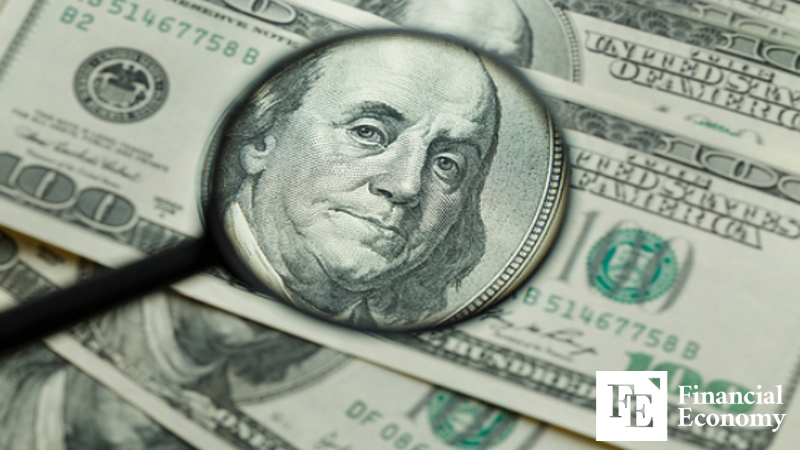
Concentration of consumption in top 10% limits immediate impact
Analysts note that given the top 10% of earners account for nearly half of total U.S. consumption, the immediate macroeconomic effect of low-income retrenchment remains limited. Moody’s data indicates households earning above $250,000 accounted for 49.2% of consumer spending in Q2, with over 60% of total consumption driven by this cohort.
Morning Consult reported that the sentiment gap between high- and low-income consumers has reached record levels. Its Index of Consumer Sentiment (ICS) showed a 33-point divergence between households earning above $100,000 and those below $50,000 as of late July. John Leer, chief economist at Morning Consult, observed that high-income households feel wealthier due to rising asset values in 401(k) plans and the rebound of the S&P 500.
By contrast, low-income households—less exposed to equities—have not benefited from the stock market rally. Rising rents further weigh on their sentiment. Surveys also show a higher incidence of real wage declines among low earners. Housing market dynamics have widened the divide: while homeowners among high earners enjoy rising property wealth, renters face greater financial strain and frustration at being priced out of ownership. An economist commented, “This is not a repeat of the 1930s Depression. We are not seeing a universal ‘trade down’ in consumption, because high-income households still retain robust spending power.”
Middle-class belt-tightening amplifies economic anxiety
The greater concern is that spending retrenchment is now spreading into the middle class. The Wall Street Journal recently reported a notable deterioration in middle-income consumer sentiment. Key indicators confirm the shift: the University of Michigan’s consumer sentiment index fell 5.7% in August to 58.2, reversing gains from earlier summer months, while the Conference Board’s confidence index also slipped.
According to WSJ, the key driver is the erosion of middle-class confidence, with sentiment shifting “from stability to strain.” While households earning below $50,000 had already been feeling the pinch, and those above $100,000 remain optimistic, it is the $50,000–$100,000 segment that has seen sentiment rapidly sour.
Morning Consult’s daily ICS data underscores the trend: households earning above $100,000 and below $50,000 showed little change last month, but the $50,000–$100,000 bracket saw sentiment drop nearly 4%, with cumulative losses since June exceeding 10%. Analysts noted that after a brief period of optimism, sentiment has deteriorated sharply.
The middle class forms the backbone of U.S. domestic demand, holding the largest share of consumption. Economists warn that weakening middle-class spending marks a critical inflection point that could accelerate the economy’s descent into recession.

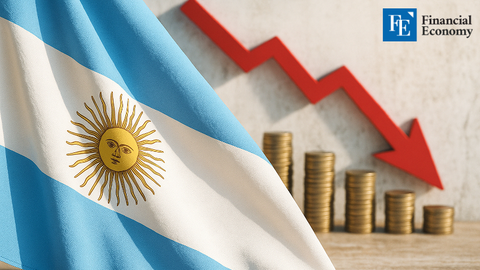
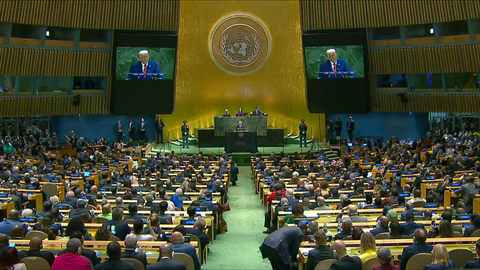
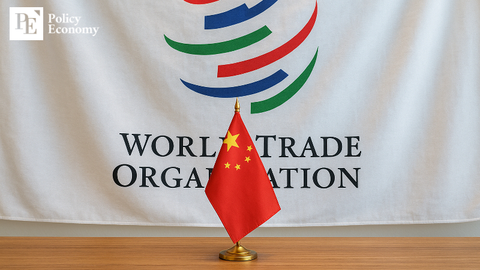


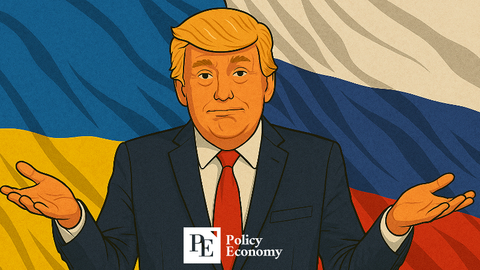















Comment